A hot time for CCHS pottery students
By James Grob, jgrob@charlescitypress.com
Art Strong retired as an art teacher from Charles City High School back in 2002, but he still gives students one lesson a year.
“It’s kind of nice to reconnect with high school kids,” he said. “I’m now old enough that I’m getting the grandkids of the ones that I taught.”
About 25 students in Brian Bohlen’s high school art class gathered in Strong’s yard, garage and driveway this week to take a lesson in raku and horsehair pottery.
Once a year, the class borrows Strong’s kiln, and Strong spends the day with the students explaining how raku is done, and monitoring their work as they pull pots out of the kiln.
“It’ a Japanese process, where instead of being in the kiln for eight hours, they’re in for 20 minutes,” said Strong. “There’s a lot of fire involved, and it’s pretty exciting.”
Strong explained that the pottery is made with a stronger clay that won’t break at a higher temperature. He’s been doing it for 25 years and selling it at art fairs, but now he just does it the one day a year the kids come to his home with the pots they’ve made in class.
“We fire them up to about 2000 degrees in about 20-30 minutes, we bring them out hot, and put them in these garbage cans full of newspapers to combust,” Strong said. “That creates carbon which lands on the pottery.”
Horsehair-treated pots are taken straight from the kiln and have natural horsehair applied to the unglazed pot’s hot surface.
Bohlen has been bringing his wheel pottery students to Strong each year since he started teaching in 2002, and he said that the classes had been doing it for several years before then.
“I think if you’d ask any wheel pottery kid what their favorite day of the year is, it’s this day, raku day,” Bohlen said. “They get to spend the day outside, and do something a little bit different outside the classroom and work with a process that’s hard to do in a school setting.”
All the students have been through Wheel Pottery I, so Bohlen said they’re all “upper-level kids.”
“We’ve got a lot of talented wheel pottery kids again this year, so this is kind of their reward for hard work and learning throughout the year. It’s nice to have administrators who will give you a day to take the kids out and do something different.”
Senior Luke Delap said this was his first time working with raku pottery, and it was a fun day.
“We’re learning how our projects react to this type of firing,” said Delap, who hopes to find time for this type of art in the future.
“Maybe as a hobby. I have different plans for my future, but I’d like to continue doing it as a hobby,” he said.
Strong said raku and horsehair techniques are difficult to do in a classroom because they are labor-intensive.
While the pots are still hot, students use tongs to transfer the pots from kiln to paper-lined metal barrels. Once fired, the unglazed surfaces burned to black, offering a matte background to the shimmery glaze designs.
“Raku glazes are very coppery, they’re very brilliant in color, Strong said. “This is not something you would use to eat or drink out of, they’re just decorative. The colors are much different than the ones you’d see on mugs or plates.”

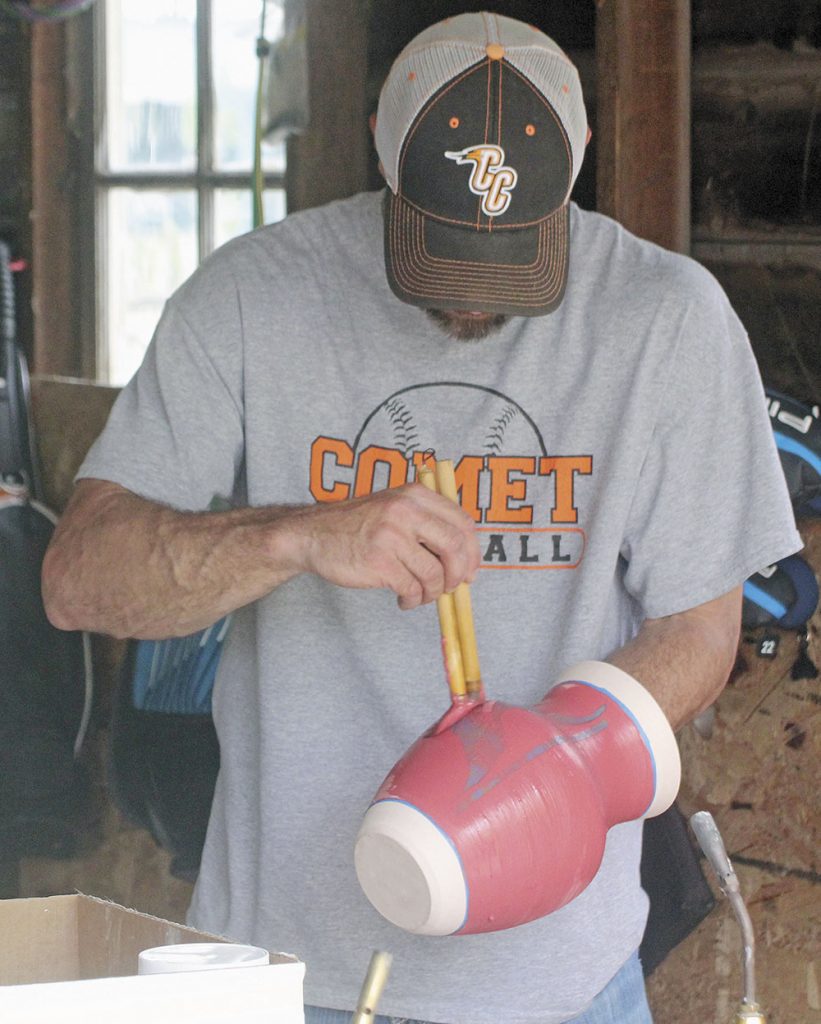
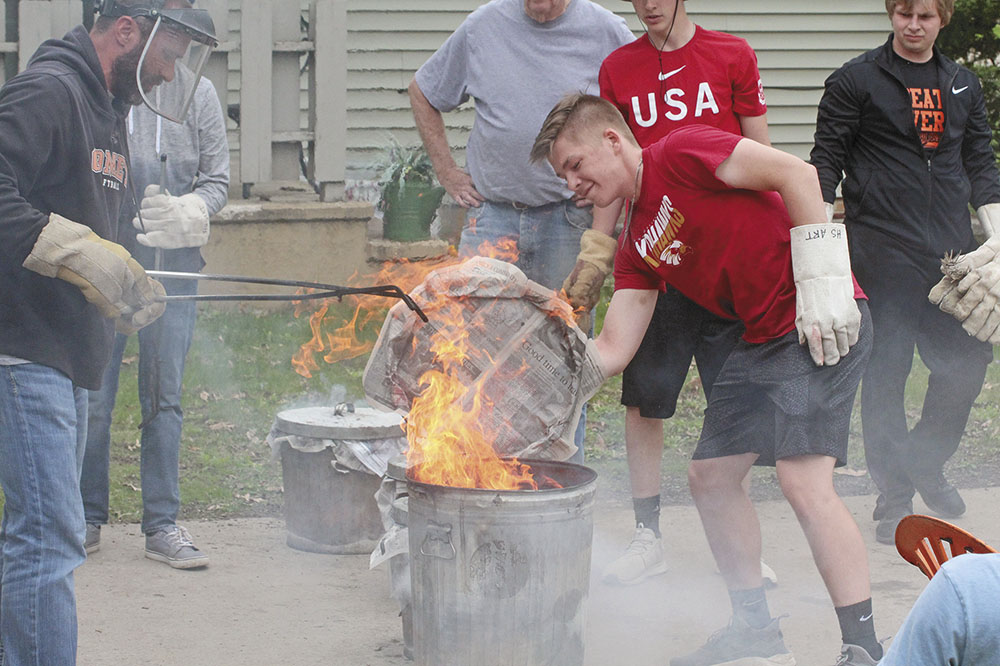
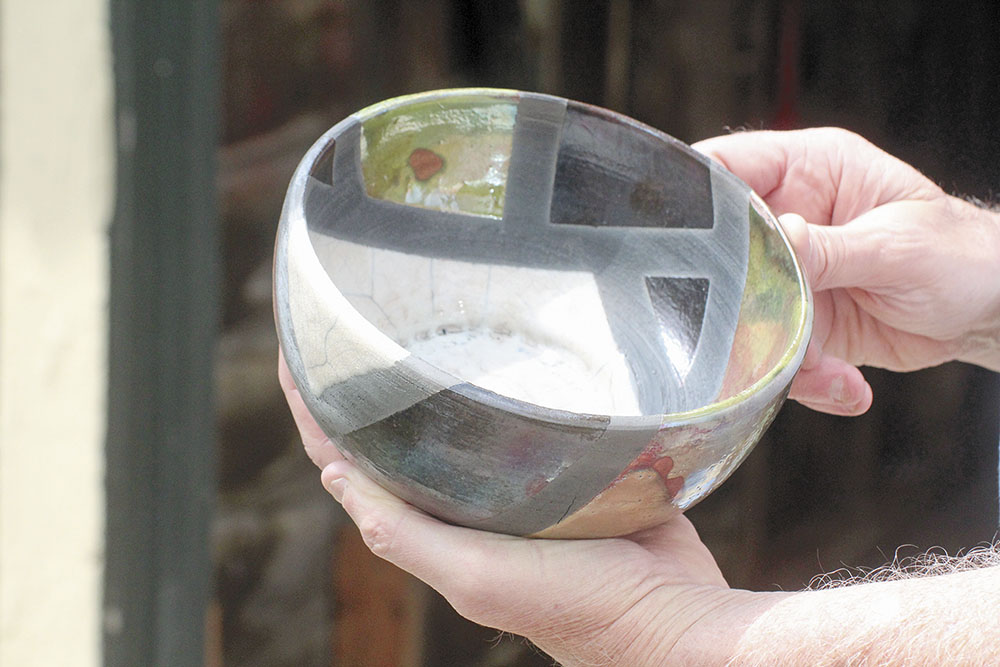
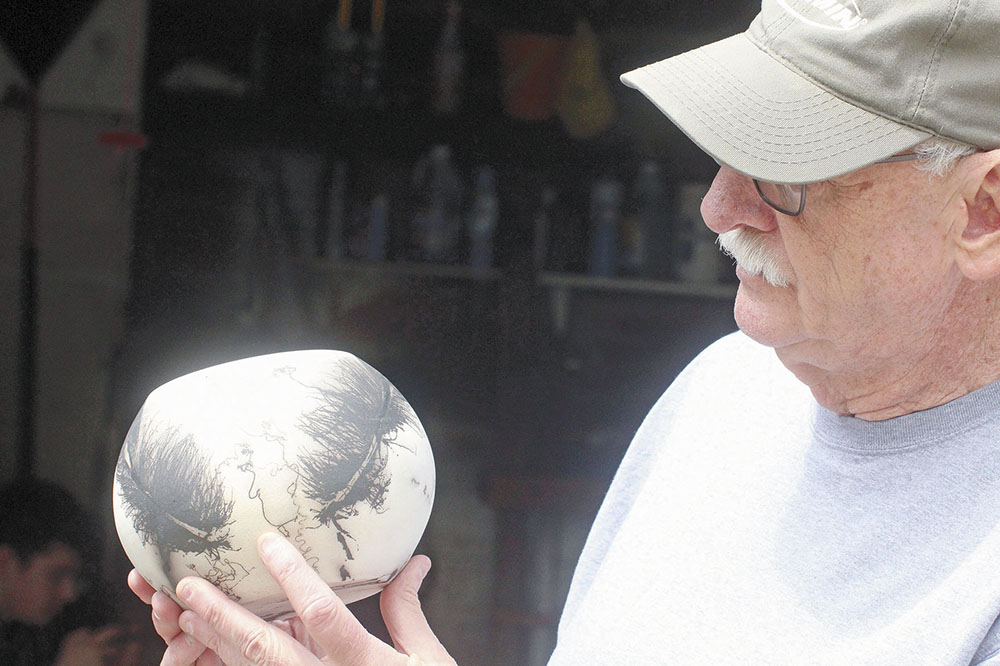
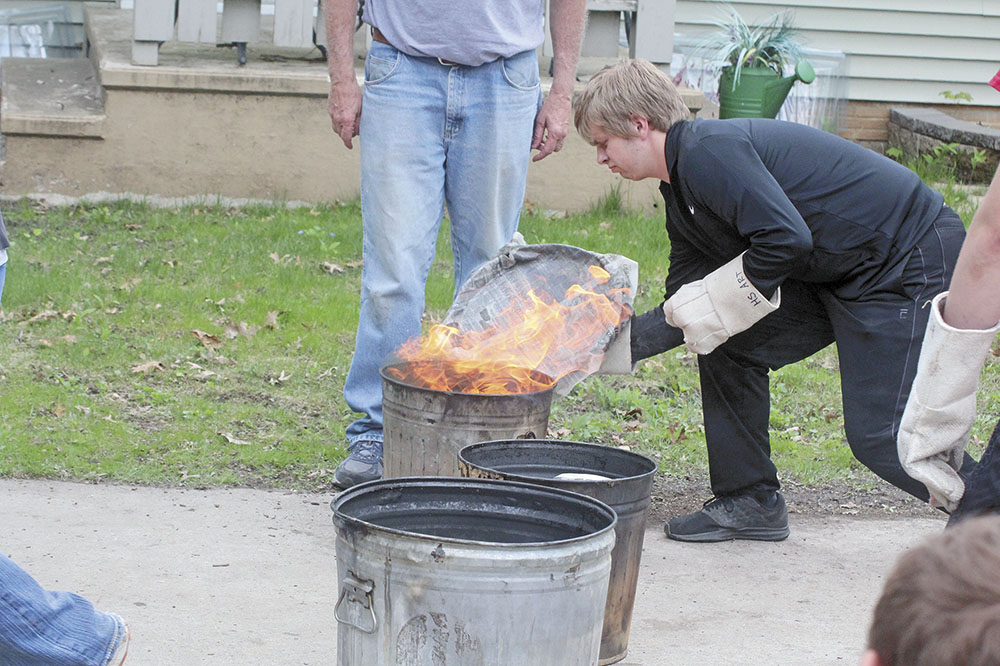

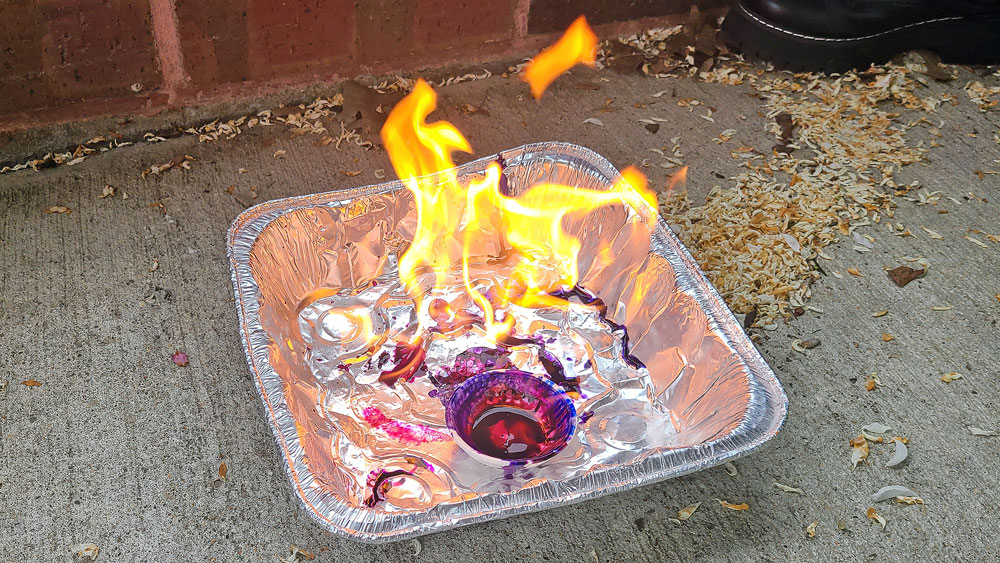



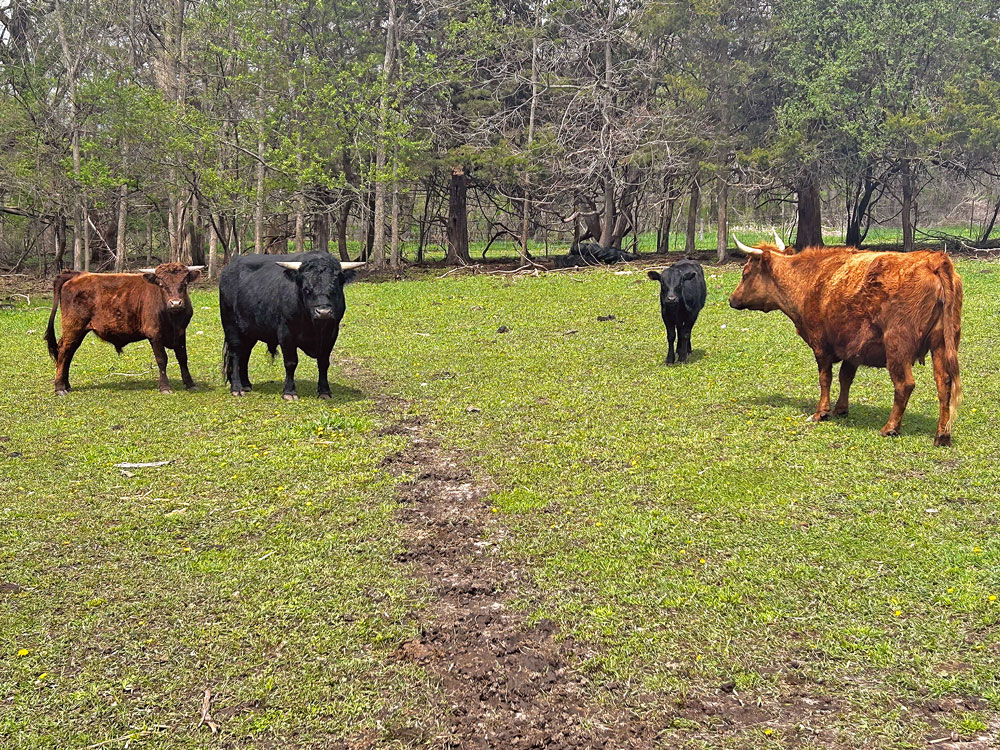


Social Share